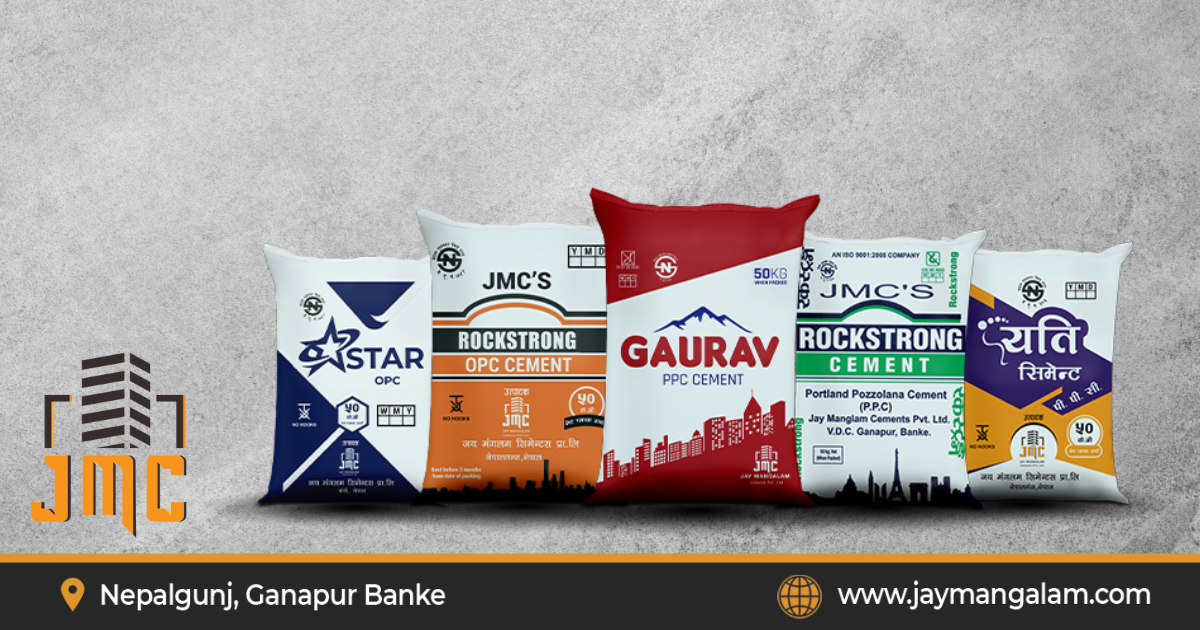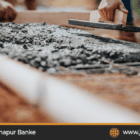In the world of construction, myths often take root and influence decisions. One prevailing myth that deserves debunking is the belief that faster setting cement is always superior. It’s time to set the record straight and shed light on the truth behind cement setting times. At Jay Mangalam Cements, we believe that informed choices lead to stronger and more durable structures. Join us as we unravel the science behind cement setting and explore why fast-setting cement isn’t necessarily the best choice.
Cement setting is a complex process that involves a number of chemical reactions. The initial setting reaction is caused by the hydration of the cement particles, which means that they combine with water to form a gel. This gel then hardens over time, resulting in a strong and durable concrete. The rate of cement setting is affected by a number of factors, including the type of cement used, the water-to-cement ratio, and the temperature. In general, faster setting cements are made with higher levels of tricalcium silicate (C3S), which is a fast-reacting form of cement. However, C3S also has a lower strength than other forms of cement, so fast-setting cements are not always the best choice for all applications.
For example, fast-setting cements are not ideal for use in large structures, as they can lead to cracking and other problems. They are also not suitable for use in cold weather, as they can take longer to set and may not achieve their full strength.
So, while fast-setting cements can be useful in some applications, they are not always the best choice. It is important to consider the specific needs of the project before choosing a cement.
At Jay Mangalam Cements, we offer a wide range of cements to suit the needs of every project. We can help you choose the right cement for your needs and ensure that your structure is built to last.
The Science Behind Cement Setting:
Cement setting is a complex chemical process that involves a delicate balance of hydration reactions. When water is added to cement, a series of chemical reactions occur, transforming the dry powder into a solid mass. While it’s true that fast-setting cement can achieve an initial set in a shorter period, it doesn’t necessarily equate to optimal performance in the long run.
Balancing Strength and Durability:
Cement’s strength and durability are influenced by several factors, including the rate of hydration and the formation of crystalline structures within the cement paste. Fast-setting cements often achieve an initial set quickly, but this rapid hydration can lead to a higher risk of cracking and reduced long-term strength. In contrast, well-formulated cement with a balanced setting time allows for thorough hydration, resulting in a more robust and durable structure.
Debunking the Myth: Setting Time vs. Strength:
Contrary to popular belief, setting time is not the sole indicator of cement quality. In fact, many renowned structures around the world were built using conventional setting cements, showcasing the durability and resilience they offer. The key lies in the proper proportion of raw materials, meticulous production processes, and careful curing practices.
The Jay Mangalam Approach:
At Jay Mangalam Cements, we take pride in offering a range of cement products with optimal setting times tailored to various construction needs. Our commitment to quality ensures that our cement undergoes rigorous testing and adheres to industry standards. We prioritize a balanced approach that considers both initial setting time and long-term performance, providing you with the best of both worlds.
Conclusion:
As the myth of fast-setting cement’s superiority unravels, it becomes clear that a balanced approach to cement setting is essential for constructing enduring and resilient structures. At Jay Mangalam Cements, we stand by the science and prioritize quality over shortcuts. Make informed choices for your construction projects, and remember that durability and strength are the true benchmarks of cement excellence. Join us in debunking myths and embracing a smarter approach to cement selection for a brighter, more sustainable future.




